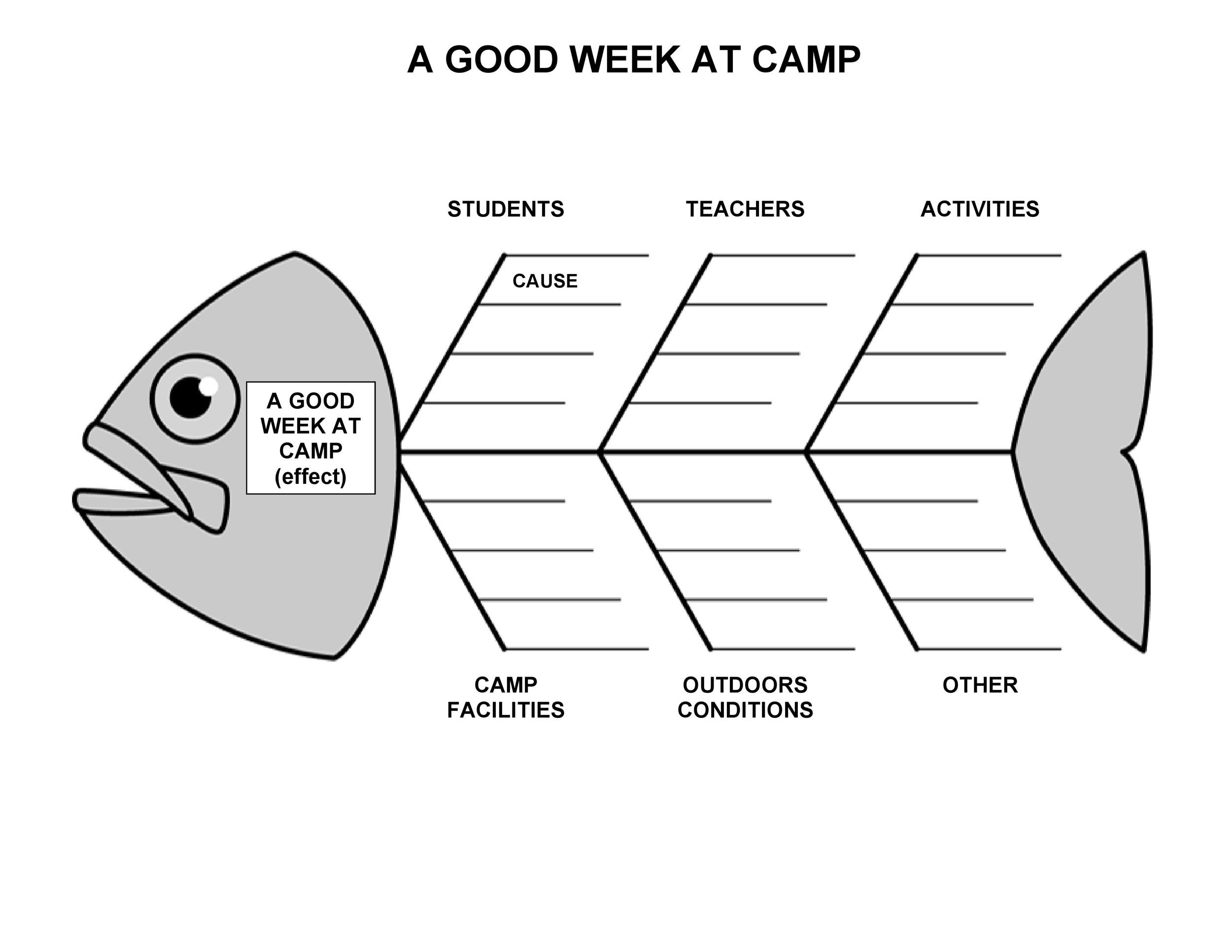

When you successfully make a fishbone diagram, it is possible to analyze findings together, and to determine the most important factors involved in either solving a problem or achieving success. equipment, policies, procedures, and people (recommended for administration and service). manpower, methods, materials, and machinery (recommended for manufacturing)Ģ. While these categories can be anything, you will often see:ġ. Causes in a fishbone diagram are frequently arranged into four major categories. The fishbone diagram approach to cause and effect analysis uses a standard diagram to encourage brainstorming and visually present findings. So slippery hands would be listed as a secondary cause under dropping. For example, the cause slippery hands doesn't make the glass leak water, but it could lead to the glass being dropped. For example, a glass that was prematurely leaked water might be caused by a sudden jarring motion such as dropping, which might be listed under the category People if it was associated with handling by a person.Ī Secondary Cause is a cause that could lead to a Primary Cause, but does not directly cause the end effect. When a cause and effect diagram is used to represent causality, then the primary and secondary branches have specific meanings.Ī Primary Cause is one that could lead directly to the effect.

This can help you search for root causes, identify areas where there may be problems, and compare the relative importance of different causes. Causes are arranged according to their level of importance or detail, resulting in a depiction of relationships and hierarchy of events. The fishbone diagram is used to explore all the potential or real causes (or inputs) that result in a single effect (or output).

The fishbone diagram is the brainchild of Kaoru Ishikawa, who pioneered quality management processes in the Kawasaki shipyards, and in the process became one of the founding fathers of modern management. It assists us to focus on the events, processes and activities, identify possible causes of a problem and sort ideas into useful categories, therefore, it is a visual tool to look at cause and effect.
SIMPLE ISHIKAWA DIAGRAM DRIVERS
They provide users with a tool for visualizing the causes and drivers of an outcome.įishbone diagram is a simple tool that allows quick and effective root causes to be understood, in the pursuit of corrective actions. Fishbone diagrams, are also referred to cause and effect diagrams or ishikawa diagrams.


 0 kommentar(er)
0 kommentar(er)
